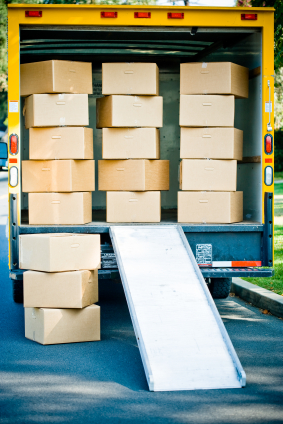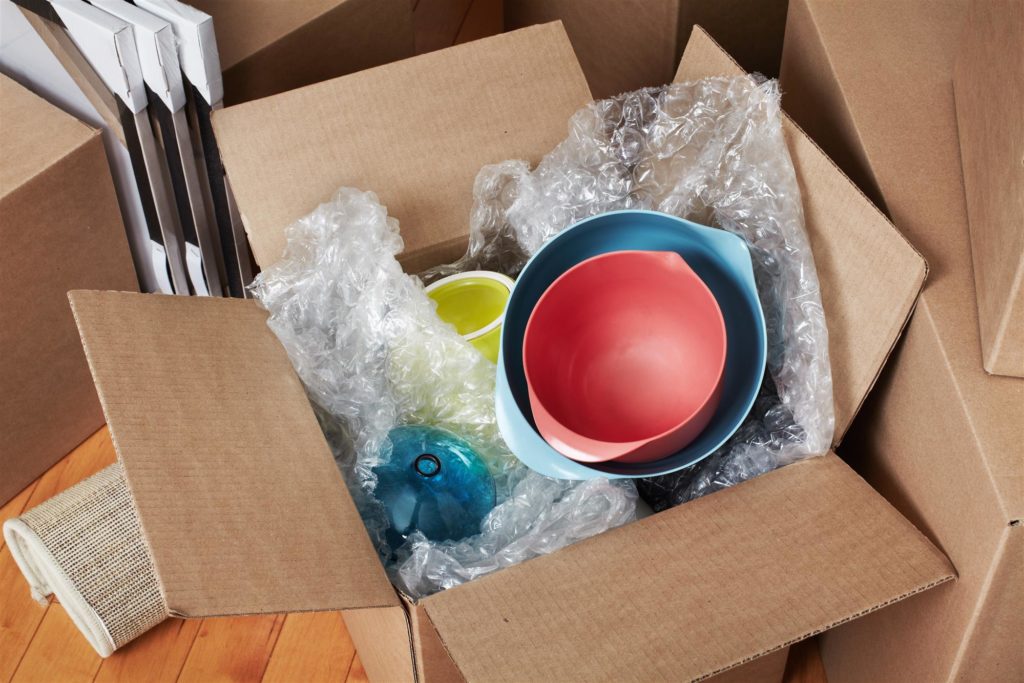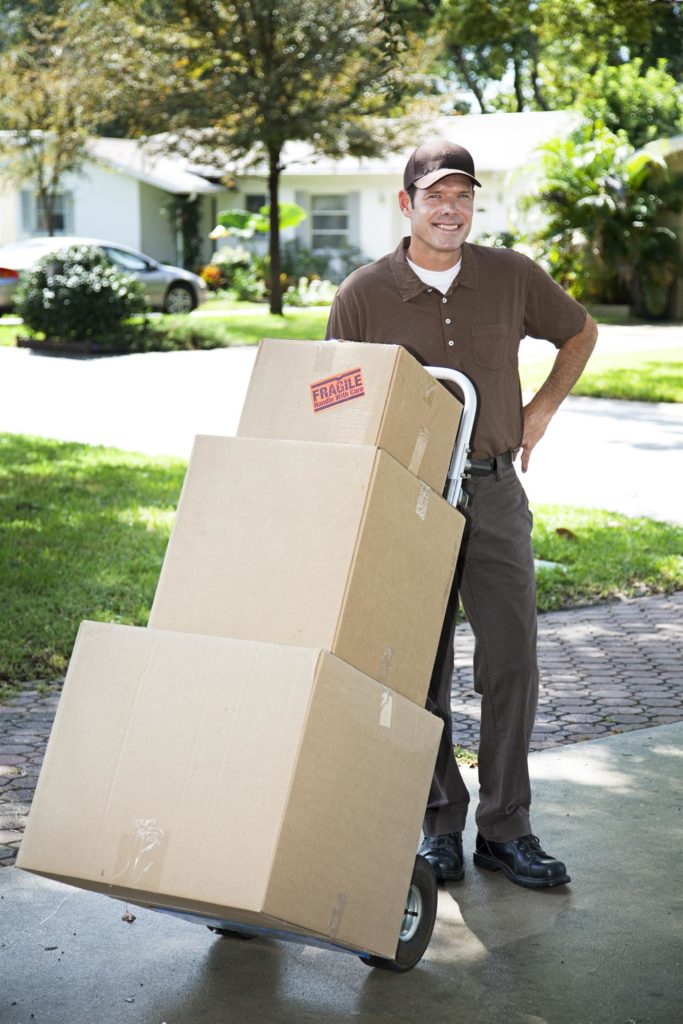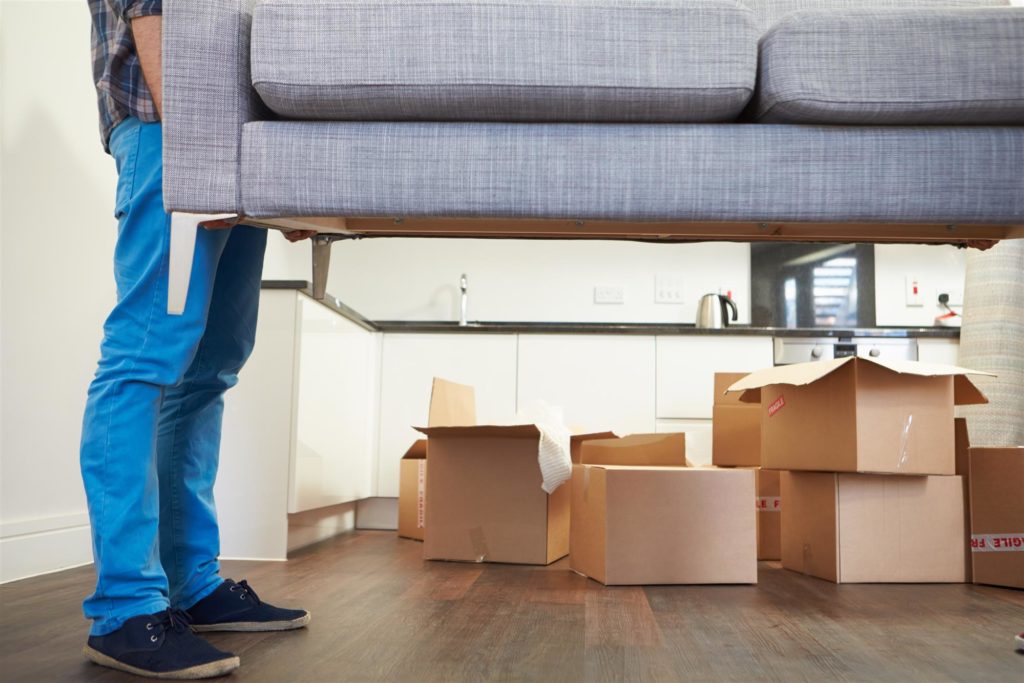Tips on What You Need to Store and What You Need to Throw Away

Moving into a smaller home often means downsizing, but it can be difficult to identify what to keep in storage and what to get rid of. However, doing this is necessary before you move, because, otherwise, these items will take up more room in the moving truck, possibly raising your moving costs.
Your Budget
Before looking at which items you want to keep or get rid of, it’s a good idea to know how much money you have to work with. This can make it much easier to discard certain items.
Where to Start
The best place to begin with sorting through items is in those places where a lot of them “live,” such as in closets and basements. Garages are yet another place where many infrequently used items tend to be placed. It’s a good idea to take note of these spaces and then ensure you’ll have sufficient time to sort through the items stored there.
Once you’ve identified the spaces in your home that store the most items, you’ll need to get tough about what you are taking with you. Think realistically. Every item you don’t absolutely need will have to be packed. Do you really want to pack and load it? Do you really need items that will end up taking up a lot of room in the moving truck? Finally, you’ll have to decide whether bringing the items with you will be worth the additional cost of self-storage.

Of course, one of the many benefits of hiring a professional mover is that they are experts at fitting items of every shape into a moving truck. Not only that, but many companies also offer packing services. As convenient as this is, however, you can still end up with several items you don’t need at your new home.
Types of Items That Can Go
There are groups of items which are easier to keep than others, such as bedding and storage items. These are practical things which are used on a regular basis to benefit you in some way. For instance, you may use storage boxes to throw children’s toys into at the end of daily play sessions. Not all items are so practical.
Examples of Impractical Items
Electronics are one example of an item that could very well be impractical. There could be several types of electronics hiding in your home that you don’t really need but are keeping.
Another example of an impractical item could be anything that you unearth during your sorting that you may have forgotten you even had. While it might be nice to see it again, chances are it will go right back into storage.
Clothing is one of the most commonly kept impractical items. Just because you may not have worn that coat or those pants for a while, it doesn’t mean you never will, right? Yet that’s exactly where the problems begin. Before long, you can have a large pile of “might wear” items for Chicago movers to load. The bottom line: If it’s been a year or more since you’ve worn it, donate it.

If Choosing Items Is Difficult
It’s not easy to get rid of things that we’ve had for a long time. In fact, when it’s finally time to move, it can seem easier to just keep everything. However, moving is a time of new beginnings, and, as such, it presents a golden opportunity to rid yourself of items which no longer serve you.
How can you determine this? By thinking about the item. Does it make you feel good or is it a burden to have around? Does it serve a useful purpose? If not, it likely needs to be thrown out or donated. Another sign that an item needs to go is indecision. If you are spending a long time trying to weigh the advantages and disadvantages to keeping or throwing something away, it’s costing you too much to keep.
Other Questions to Ask During Sorting
If the above suggestions didn’t help you to reach a decision about what to do with your clothes, electronics, or other items, you can simply ask different questions. For instance, is the item you are thinking about getting rid of able to be replaced at some point if you find you need it again? All too often, we get rid of things only to need them later on.
Although you can’t predict the future, asking yourself whether the item is replaceable can help you make a decision for your local or long distance move.
Another question to ask yourself about any item is whether or not there will be a place for it in your new home. For example, that old furniture your parents may have given you might be solid wood and impossible to find. However, will it all fit in your new home? If you are downsizing and have a matching set of furniture, you may have to break the set for the sake of space.
Collections are another difficult item to know whether or not to throw away. Plus, they can take up a lot of space. Is your collection worth anything or will it be in the future? If not, it might be time to donate it.
Downsize Without Losing Anything
It’s possible to keep some items in digital form. Old documents, pictures, and film will deteriorate in quality over time. The good news is that they can be preserved when they are scanned and kept as digital image files. There are many benefits to this; instead of having the added weight and required space on the truck, files can be stored on a USB key or CD.
As well, digitizing items will allow them to be enjoyed for years. Of course, they will require time to scan and transfer to your storage media. However, the other option is to find a company who can do all of this for you, and there may be more than one company who does this.

Before You Call a Residential Mover
Once you’ve sorted through everything and identified what needs to go, there is another decision: where to take it. There may be many options for this, depending on where you live.
Some organizations will even come to you to pick up your unwanted items. With this option, however, there is no guarantee that a company will remove all of the items you want to get rid of, as some are very particular about what they accept.
Help Your Community
Another option is to bring your items to your local Salvation Army, Goodwill, or another thrift shop. However, this does mean you will have to pack and load these items, as well as unload them when you arrive. Your reward is that you are helping those in your community who need it.
Garage Sale
Having a garage sale is yet another way to rid yourself of unwanted items, with the bonus of making a bit of money from them. Doing this a few months before your move is a good idea, as hosting a garage sale can be a lot of work. You may also be able to unload certain items on online auction sites.
Friends
Your friends can also be the eager recipients of your unwanted items. Just like with garage sales, what are burdensome items to you may be just what your friends are looking for. There is a benefit here, too, that goes beyond getting rid of your stuff; you can ensure that your things avoid the residential moving truck and get a home with someone who you know will use and appreciate them.

After Your Move
It may have taken some time, but you were able to unload your unneeded items and are settling nicely into your new home. What now? After you move, the challenge will be to resist the temptation to fill your space up with potentially unneeded items again. However, this goal is not unattainable; all that’s needed is to change how you think about the items you buy.
Making some kind of policy can help keep you on track. You may decide to discard an old item every time you purchase a new one or you may set a specific date each month or year that unwanted items need to be given away. Whatever your plan, ensuring you stick to it will help you have fewer items to sort and think about the next time you move.
If you ever do decide to return to keeping items, the good news is that you can still store them. Calling your local moving company can reveal many affordable options for clean and secure storage units to hold your items until they’re needed once again.
Call Midway Moving and Storage at (800) 300-0002 to prepare for your next move!

